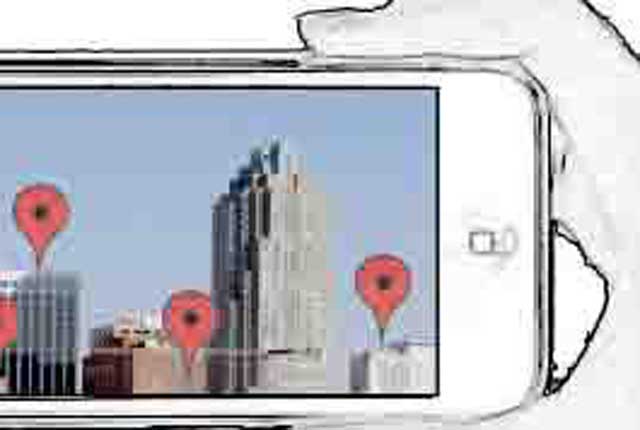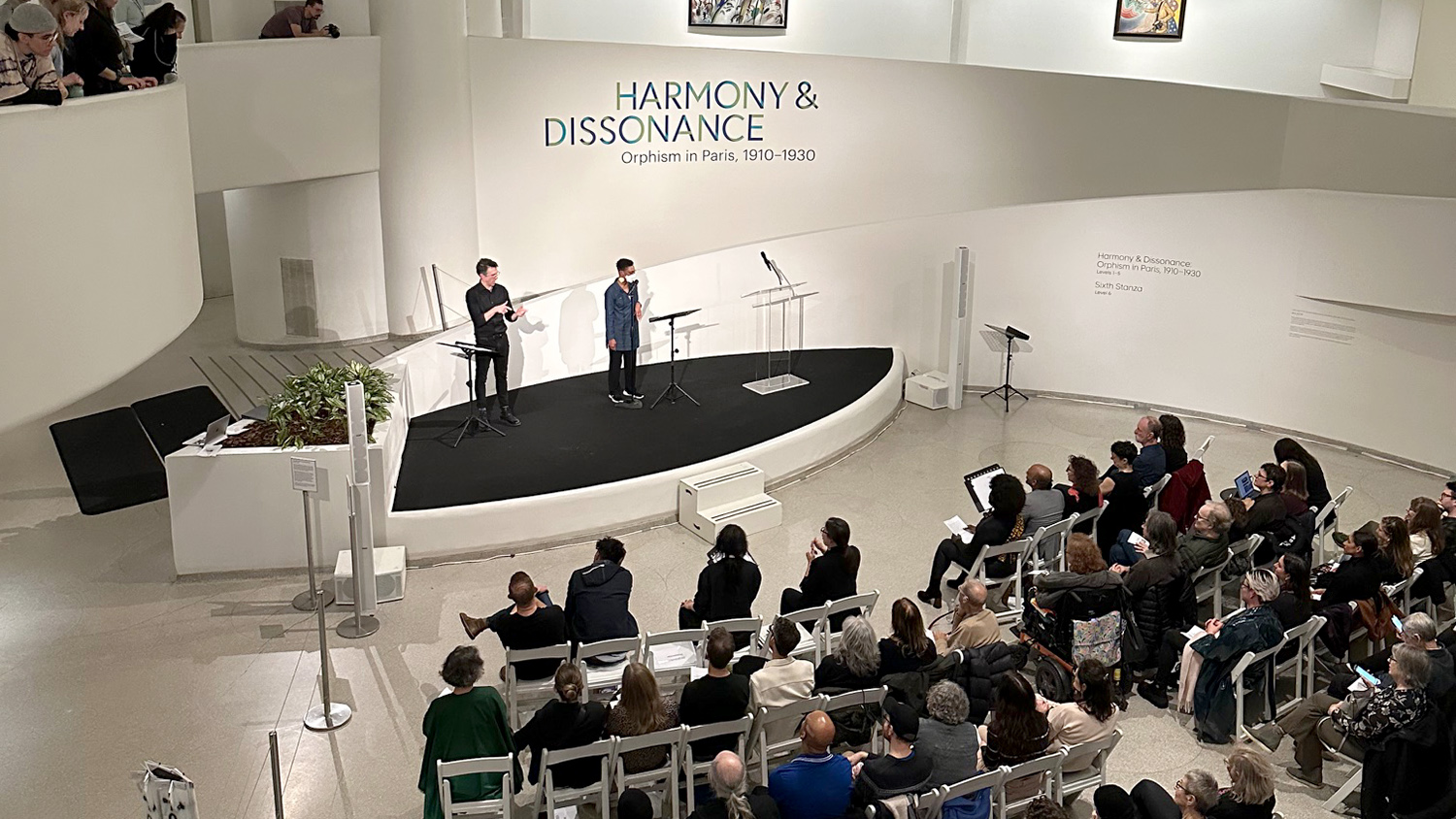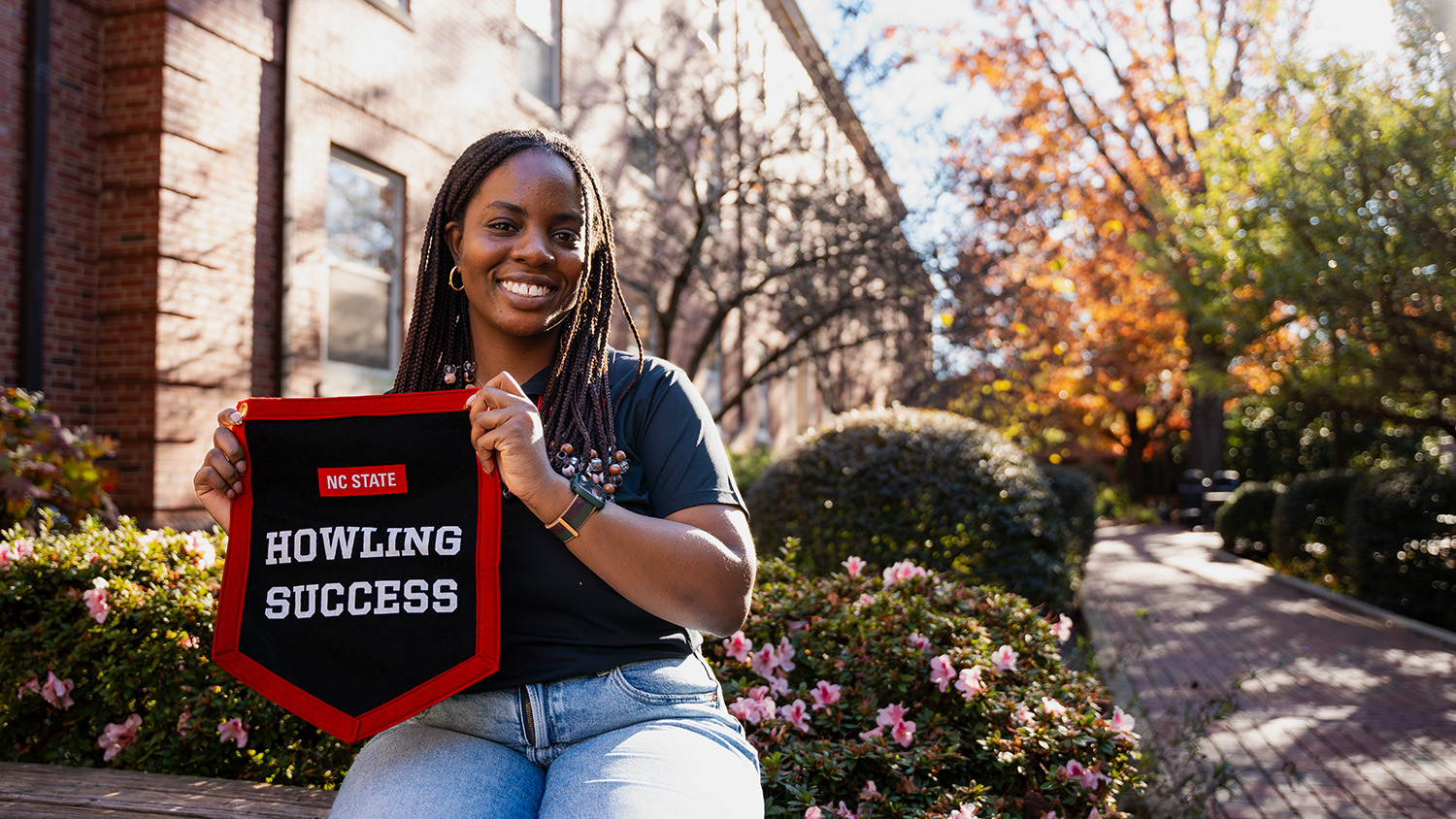Local and Mobile


We no longer enter the Internet. Instead, we carry it with us. We experience it as we move through physical spaces. Mobile phones, GPS receivers, and radio-frequency identification (or RFID) tags are just a few of the location-aware mobile technologies that mediate our interaction with networked spaces and influence how we move in these spaces.
Mobility has always been critical for the creation of social networks and to the development of connections to places. For the last several years, researchers in a variety of disciplines have been looking at how varying levels and speeds of mobility impact our technological, social and cultural developments in everything from transportation and mobile communication to border control, “intelligent” infrastructure, and surveillance.
More and more, our physical location determines the types of information with which we interact, the way we move through physical spaces, and the people and things we find around us. These new kinds of networked interactions are becoming part of our everyday social practices, from social networks and location-based services to location-based mobile games and social mapping.
As we engage with these practices, our thinking about our own identities, our sense of privacy, our notions of place and space, our civic and political participation, our policy making, and our everyday consumption all shift and change.
 From March 16 – 18, 2012, NC State University is hosting Local and Mobile, a joint international conference of the Pan-American Mobilities Network and the Cosmobilities Network, and the third annual research symposium of the Communication, Rhetoric and Digital Media (CRDM) program in the College of Humanities and Social Sciences. Some 100 scholars from 16 countries will gather to address the intersection of mobility and location as well as these related topics:
From March 16 – 18, 2012, NC State University is hosting Local and Mobile, a joint international conference of the Pan-American Mobilities Network and the Cosmobilities Network, and the third annual research symposium of the Communication, Rhetoric and Digital Media (CRDM) program in the College of Humanities and Social Sciences. Some 100 scholars from 16 countries will gather to address the intersection of mobility and location as well as these related topics:
- Mobile communication and location awareness in everyday life practices;
- New urban spatialities developed with mobile gaming and locative social media;
- Privacy and surveillance issues as they relate to mobile and location-based social networks;
- Identity and spatial construction through locative media art and embodied performance;
- Civic engagement and political participation through mobile social media, new mapping practices and location-aware technologies;
- Borders, surveillance, and securitization with ubiquitous and mobile technologies;
- Aeromobilities, air travel, and aerial vision;
- Alternative mobilities and slow movements;
- Planning, policy and design for future mobilities and location-based services;
- Tourism, imaginary travel, and virtual travel;
- Transitions toward sustainable mobilities; and
- New methodologies for mobilities research.
Mobility studies are interdisciplinary by nature. Disciplines represented at the Local and Mobile conference include anthropology, architecture and design, civil and environmental engineering, communication, criminology, cultural studies, geography, media and visual arts, politics and international relations, public policy, sociology, theater and performance studies, tourism research, transport research, and urban studies, among others.
More information can be found at the conference website.
Editor’s Note: This is a guest post by Adriana de Souza e Silva, associate professor in NC State’s Department of Communication, who is chairing an international conference, Local and Mobile, for researchers and students of mobility studies.


